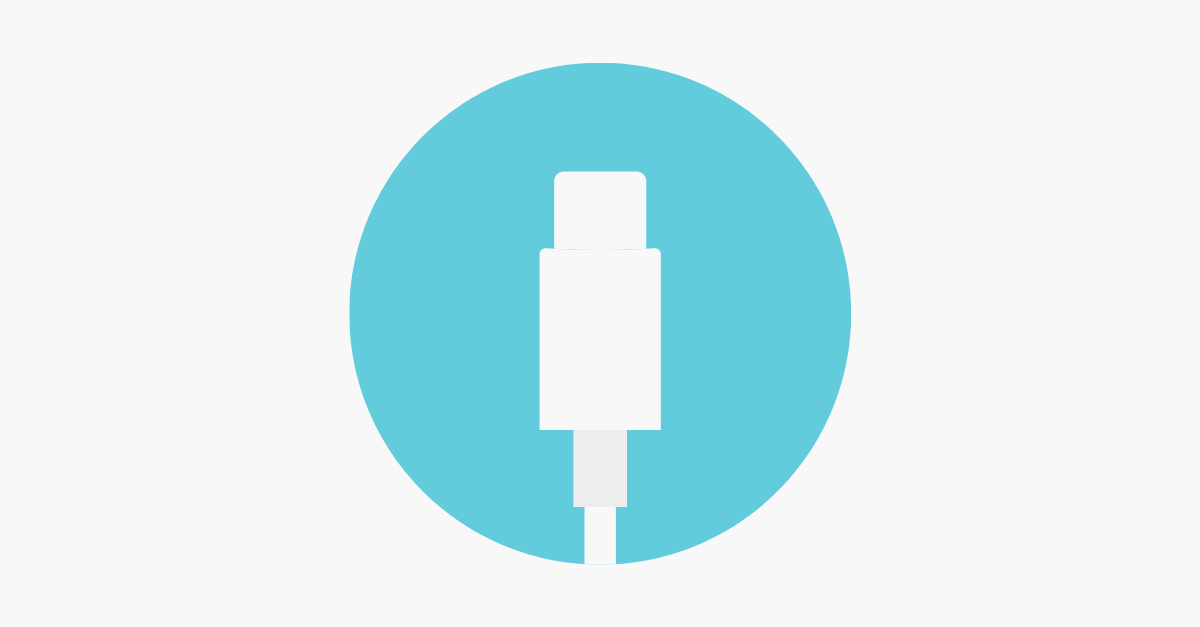
Due to acceleration of our daily routines, the demand for portable and rechargeable devices has increased over time. The market has responded to this need by making most consumer electronics rechargeable and by including chargers with every purchase. However, this standard practice and the necessity of having different chargers for each device have led to redundant purchases of chargers when acquiring new devices and to the increase of electronic waste as surplus chargers are discarded.
In this regard, the European Union introduced a single charging solution for electronic devices by defining the requirements of common charging solution, with the Directive (EU) 2022/2380 amending Directive 2014/53/EU on the harmonization of the laws of the Member States relating to the making available on the market of radio equipment (“Directive 2022/2380”). In line with the Directive 2022/2380, the selected electronic devices within the scope of common charging solution must embody a USB-C port, which allows consumers to charge their devices with any USB-C charger. This common charging requirements introduced with the Directive 2022/2380 will be applicable as of April 28, 2024.
With the aim of harmonization with the European Union acquis, on February 5, 2024, the Information Technologies and Communications Authority (“ITCA”) has published the Draft Regulation Amending the Regulation on Radio Equipment (“Draft Regulation”), which introduces the USB-C as the new standard charger for portable devices and foresees similar requirements with the Directive 2022/2380.
Scope of the Draft Regulation
The Draft Regulation foresees that the following radio equipment; (i) mobile phones, (ii) tablets, (iii) digital cameras, (iv) headphones, (v) headsets with microphones, (vi) portable video game consoles, (vii) portable speakers, (viii) e-book readers, (ix) keyboards, (x) mouses, (xi) portable navigation systems, (xii) earbuds, (xiii) laptops (will be referred as “Devices” or “Device”), must be manufactured in accordance with the standards on charging capabilities.
Requirements under the Draft Regulation
If a Device can be charged via wired charging, it must (i) have a USB Type-C port that is always accessible and operational and (ii) must be able to be charged with cables compatible with the said standard, in line with the TS EN IEC 62680-1-3:2022 “Universal serial bus interfaces for data and power – Part 1-3: Common components – USB Type-C cable and connector specification” or an equivalent standard.
Moreover, if a Device can be charged via wired charging at voltages higher than 5 Volts or currents higher than 3 Amperes or powers higher than 15 Watts; it must operate in accordance with USB Power Delivery as specified in TS EN IEC 62680-1-2:2022 “Universal serial bus interfaces for data and power – Part 1-2: Common pieces – USB Power Delivery specification” or an equivalent standard.
The Draft Regulation also introduces additional obligations on economic operators, i.e. producers, authorized representatives, importers and distributors. Accordingly, if economic operators place any of the Devices on the market together with a charger, they must offer consumers the opportunity to purchase the same Device without any charger.
The economic operators are further obliged to inform the consumers whether a charger is offered together with the Device by means of placing a pictogram on the packaging in an easily visible manner. In cases where Devices are placed on the market through distant communication tools, the said pictogram must be displayed close to the price tag in a visible and legible manner.
The producers are further under the obligation to provide the following information with the Device in Turkish and in a clear, understandable, and legible manner; and additionally with a sign indicated in the Draft Regulation:
- “The minimum power provided by the charger must be [x] Watts and the maximum power must be [x] Watts”, where power indicates the minimum power required by the Device and the maximum power to provide the highest rate of charging, and
- At voltages greater than 5 volts or currents greater than 3 amperes or powers greater than 15 Watts, Devices that can be recharged via wired charging is accompanied by information on the charging capabilities of the radio equipment in text format, including “USB PD Fast Charging” indicating that it also supports the USB PD protocol.
With respect to the extended producer liability, the importers and distributors of the Devices are also under the obligation to provide the Devices with the aforementioned information in a visible and legible manner. In cases where Devices are placed on the market through distant communication tools, the information must be positioned close to the price information. In addition, if requested, this information must be indicated by an electronic solution such as a QR code or a similar method.
Sanctions Foreseen under the Draft Regulation
With the Draft Regulation, Devices are included in the scope of the ITCA’s authorization to carry out assessments for market surveillance and control purposes, where there is sufficient reason to believe that there is a breach of the requirements. In line with this purpose, the economic operators are obliged to cooperate with the ITCA.
In the event that the Device does not comply with the requirements set out in the Regulation on Radio Equipment, the ITCA may request from the economic operators to take all appropriate corrective actions without delay, including (i) bringing the Device into compliance with aforementioned requirements, (ii) withdrawing the Device from the market or (iii) recalling the Device within a reasonable period of time commensurate with the nature of the risk.
Moreover, the ITCA may request economic operators to eliminate the non-conformity of the Devices, in cases of any incompatibilities with labeling requirements mentioned above. The ITCA is authorized to take the necessary measures to prevent or restrict the placing of Devices on the market or to withdraw or recall Devices from the market if the non-conformity persists.
Transition Period
After the Draft Regulation enters into force, the provisions of the Draft Regulation will be applicable for the Devices as of December 28, 2024; except for laptops, for which the provisions will not be applicable until April 28, 2026.
Authors: Burak Özdağıstanli, Begüm Alara Şahinkaya
